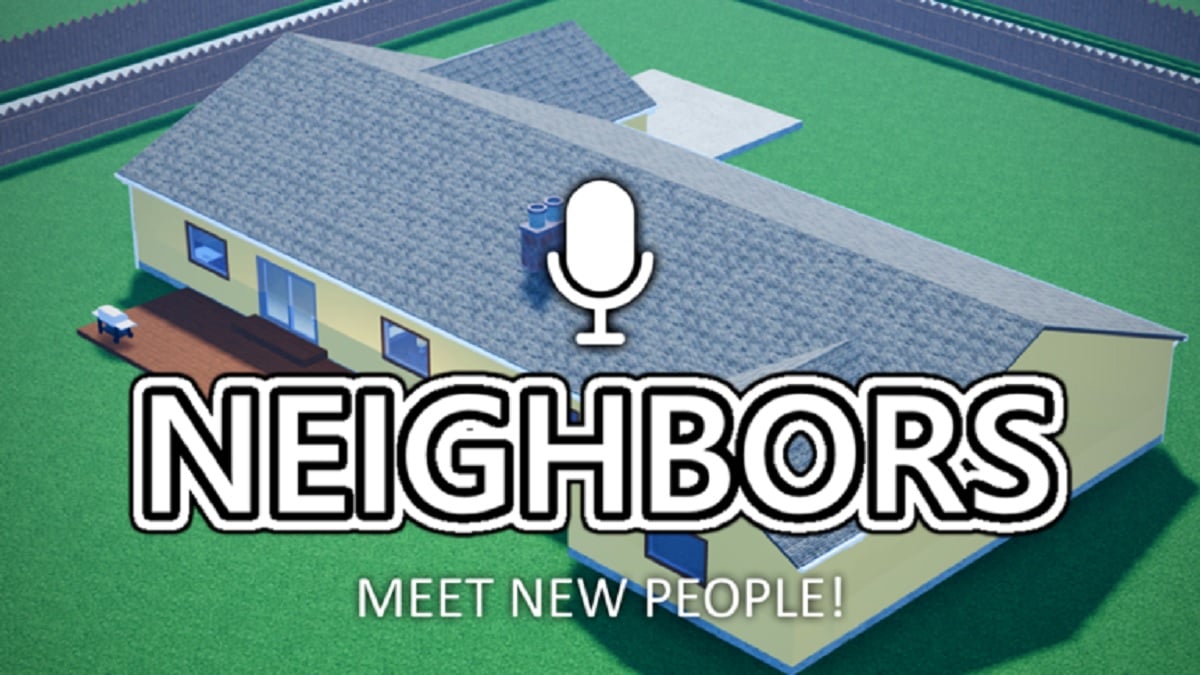There are many developers who are looking for some new angle to try and topple the reigning juggernauts of the competitive shooters scene. Whether it’s offering more class titles, new ways to bound off of walls, or an exotic take on weapon designs, everyone’s looking for the next big thing. Unfortunately, the focus on what matters sometimes gets lost in all of the need to be the one who stands out most. This is a scenario that Dreadnought looks to avoid by focusing on what the developers feel truly matters: the player.
Dreadnought is a class-based shooter that pits players into battles of 5v5, but it isn’t your average competitive multiplayer. Instead of soldiers/warriors/guardians toting guns, players will instead pilot one of several different types of spacecraft as they battle for galactic supremacy. This means full ship-on-ship combat set in large, open maps out in the cold reaches of space’s great expanse. These ships fall into one of five classes (Dreadnought, Destroyer, Corvette, Artillery Cruiser, and Tactical Cruiser), that can be mixed and matched to create a deadly team.
The thing about these classes is that they feel completely different. In many games, not just competitive shooters, classes are often skin deep. Sure, they provide a special ability or a perk, but they can all be played relatively the same way. That is not the case in Dreadnought, and that may very well be one of its greatest strengths.
The classes in Dreadnought are the very ships, which decides the size, weapon types, special abilities, and speed/maneuverability. Dreadnoughts are massive behemoths that barely move but have a full range of fire, tons of health, and devastating crowd control abilities. On the other hand, the Corvettes are insanely quick since they are built with firing runs in mind.
This may seem incredibly limiting at first, but each class is completely customizable. You can change weapons, maneuvering abilities, special abilities, and even the appearance of your vessel. For each of the classes, there is a surprising amount of depth that offers up the means to completely tailor the Dreadnought experience to your play-style.
Before getting into how the customization works, it’s important to mention that Dreadnought is a free-to-play game. One where the devs are being very clear that it will come nowhere near pay-to-win. Unlocks are doled out as a player continues to use a class. Logos, weapons, paint schemes, design components, abilities, and more are constantly being given to the player as they progress.
The weapon and ability unlocks are interesting, though. This is because they aren’t more powerful. No single component is especially powerful or more capable of destruction than any other. They are just different ways of doing the same thing. They are options, options that play to and require specific skills. Essentially, unlocks in Dreadnought only provide more options to fine tune the experience.
Players will be able to speed up the process of unlocking these extra components, but that will in no way put them in a position over anyone else. Upgrades benefit players who actually put time into the game the most since they’ve learned the intricacies and combinations of each possible tool at their disposal. It was important to the developers that everyone is on a relatively even playing field.
This is another beautiful aspect of Dreadnought; there is an underlying depth, yes, but the game is very accessible. It’s one of those “easy to learn, difficult to master” games where anyone can pick it up and have a good time. You’ll be able to contribute to epic battles and add to your team’s score, even if you aren’t particularly well-versed in the genre.
Multiple game modes will open up the doorways for different ways of play. Here at PAX they had two of those modes available for me to try. There was a classic team deathmatch mode, and an elimination type mode, as well. In order to put fun and participation at the front, players killed during the elimination mode are able to come back as small fighter drones. They aren’t so powerful where they can easily take out a fully fledged enemy ship, but if used wisely, they can help to put the player’s team in a solid position and even nudge the side into their team’s favor if things have gone really south.
It’s a pattern that was made very clear in my time spent with Dreadnought. Everything in the game focused on player experience; the way classes were built, the way monetization is planned, and the way the experience is crafted in a way that even those still learning area able to provide meaningful assistance to the team based gameplay. It is truly a game built around one core value: respect the player.
Dreadnought is still very much in development, but it is already shaping up to be a beautiful, much needed change to the competitive shooter scene. Its focus on the player, accessibility (with tons of depth for those who want it), and seriously fun gameplay show massive potential.
Those interested will be able to try the game out themselves in the Dreadnought closed beta which you can sign up for here. It is a game that is definitely worth a try for the changes being brought to the genre alone.














Updated: Aug 29, 2015 06:49 pm